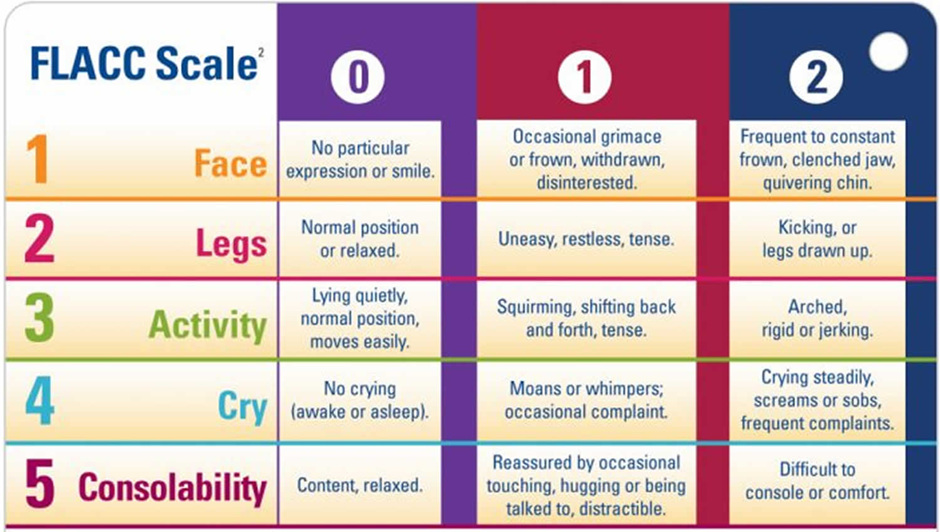A nurse is caring for a client who is terminally ill and has a do-not-resuscitate order on his medical record. The client asks, "What should I do if I have difficulty breathing?" Which of the following responses should the nurse make?
"Call me so that I can help you change your position."
"Try to close your eyes and get some sleep."
"It is common for breathing to become more difficult as time goes on."
"Therapy choices are limited for clients who do not want resuscitation."
The Correct Answer is A
Choice A Reason:
"Call me so that I can help you change your position." This response offers practical assistance and comfort to the client. Repositioning can sometimes alleviate discomfort associated with breathing difficulties, and the nurse can offer guidance or physical help to adjust the client's position for improved comfort.
Choice B Reason:
"Try to close your eyes and get some sleep." This response doesn't directly address the client's immediate concern about difficulty breathing and may not offer practical help.
Choice C Reason:
"It is common for breathing to become more difficult as time goes on." While this statement acknowledges the situation, it might not provide the client with actionable guidance or support on how to manage the difficulty in breathing.
Choice D Reason:
"Therapy choices are limited for clients who do not want resuscitation." This response might be interpreted as dismissive or unrelated to the client's immediate needs, focusing more on the DNR order rather than addressing the current concern about breathing difficulties.
Nursing Test Bank
Naxlex Comprehensive Predictor Exams
Related Questions
Correct Answer is C
Explanation
Choice A Reason:
Using the FACES pain scale to gauge the client's level of pain is appropriate. This scale relies on the client's ability to understand and communicate using a specific language, which might not be possible if there is a language barrier.
Choice B Reason:
Using a communication board to interact with the client is inappropriate. While communication boards can be helpful, they might not effectively gauge the client's level of pain, especially if the client's primary language isn't available on the board.
Choice C Reason:
Using the Face, Legs, Activity, Cry, Consolability (FLACC) scale to measure the client's pain level is appropriate. The FLACC scale is a pain assessment tool that evaluates pain in nonverbal patients or those who can't communicate effectively. It assesses facial expressions, leg movement, activity level, crying, and consolability to determine the level of pain the patient is experiencing.
Choice D Reason:
Asking an assistive personnel who speaks the same language as the client to interpret is inappropriate. Relying on an interpreter, even if they speak the same language as the client, might not be the best approach for pain assessment, as nuances related to pain expression and interpretation might be better captured through a standardized pain assessment tool like the FLACC scale.

Correct Answer is D
Explanation
Choice A Reason:
Lowering the side rail on the side of the bed where the AP will stand to perform mouth care is a safety measure. It provides better access to the client and allows the AP to perform the task more comfortably and effectively. This action helps prevent the AP from leaning over an elevated side rail, reducing the risk of injury to themselves or the client.
Choice B Reason:
Wearing clean gloves to perform mouth care for the client is a safety measure. Wearing gloves is crucial to maintain hygiene and prevent the transmission of microorganisms during mouth care.
Choice C Reason:
Using an oral care sponge swab moistened with cool water to clean the client's mouth is a safety measure. Using a moistened oral care sponge swab is a suitable method for providing mouth care to an unconscious client, helping to keep the mouth clean and moist.
Choice D Reason:
Using two gloved fingers to open the client's mouth for cleaning is NOT a safety measure. In this situation, using fingers to open the client's mouth poses a risk of injury or discomfort to the client. It's important to handle an unconscious patient's mouth with care and avoid using fingers to open the mouth forcibly.
Whether you are a student looking to ace your exams or a practicing nurse seeking to enhance your expertise , our nursing education contents will empower you with the confidence and competence to make a difference in the lives of patients and become a respected leader in the healthcare field.
Visit Naxlex, invest in your future and unlock endless possibilities with our unparalleled nursing education contents today
Report Wrong Answer on the Current Question
Do you disagree with the answer? If yes, what is your expected answer? Explain.
Kindly be descriptive with the issue you are facing.
